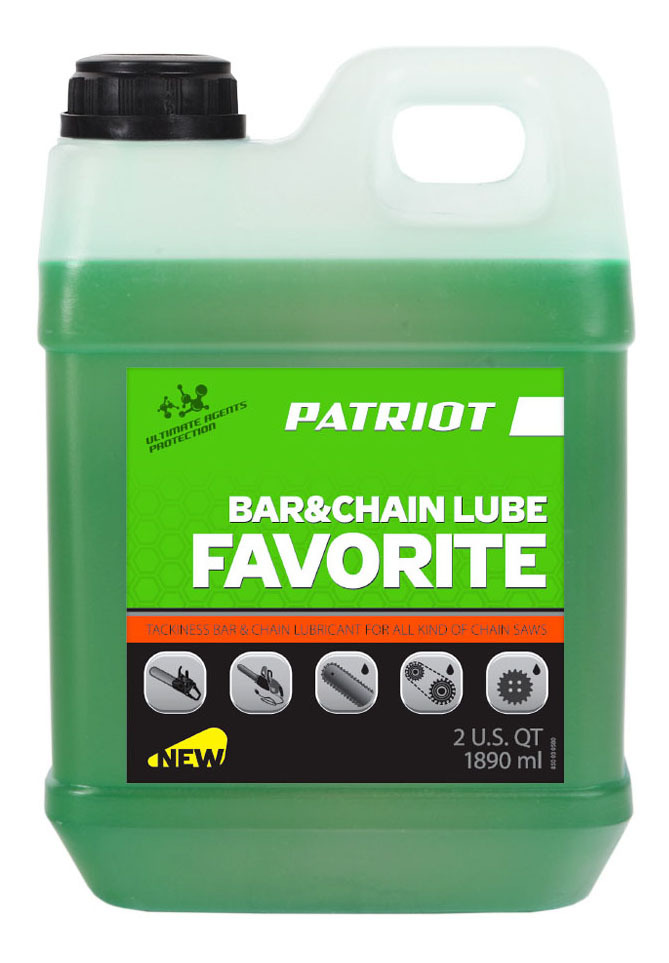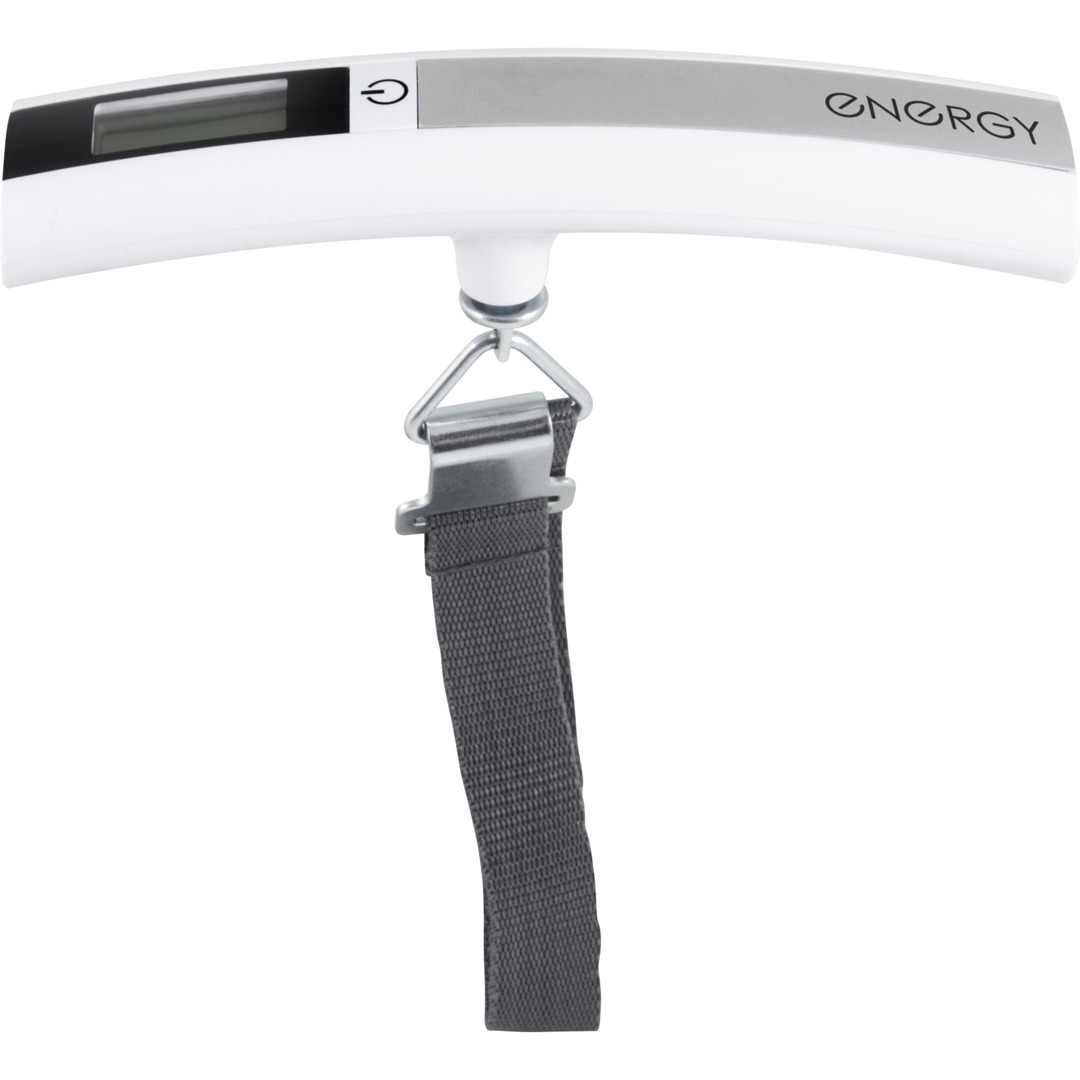Contents:
- Fabric
- Threads and needles
- Preparatory work
- Side edges
- How to sew on the length?
- Mosaic stitch
- Slanting bite
- Edging of the upper edge
Not always finished curtains match the length you need, and sometimes there is a desire or the need to sew curtains yourself from the fabric you like. How correctly to sew a tulle, to process edges and top that curtains looked beautifully and gracefully?
There is nothing difficult in such works. To sew the curtains, you will need a sewing machine, a minimum set of tools and materials: threads, needles, scissors. Also, in the process of work, keep the iron on hand - you will have to smooth the jibs and seams after each line.
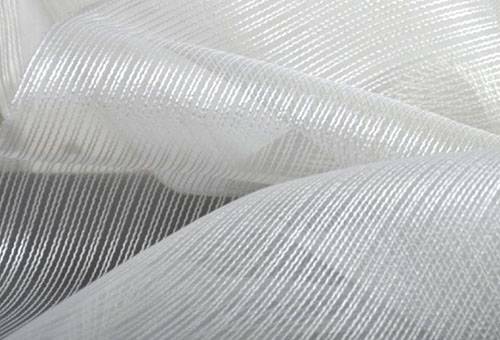
Fabric
Often tulle is called not only the fabric itself, but all light transparent curtains. They can be made both from tulle, and from other materials - most often it's organza, less often viscose and cotton.
Before you start working with a light synthetic fabric( tulle, organza), carefully examine the canvas and determine how the share thread passes. Cut the canvas along it. Before trimming the edges, they must be steamed off with an iron.
If your material is tulle, to make it easier to navigate, you can pull one thread from the fabric at a distance of 0.5-1 cm from the edge, and then cut off the resulting line. With another cloth, this trick will not work - you have to equate without a guideline.
Synthetic tulle is very slippery, so each edge is aligned one at a time. Under the material it is desirable to put a dense cotton fabric, so that it slips less.

Threads and needles
For tulle and organza, thin threads of size 40 and smaller are selected. Their color should be in harmony with the color of the fabric. If the material is poured, then take the thread for a couple of tones lighter - light on a dark background is not so prominent.
The machine inserts thin needles. They should be sharp, because tulle is a very delicate material, it is easily pulled together and torn.

Preparatory work
Before work, lay the table with a cotton cloth - this will reduce the sliding of the curtains on the surface.
Very thin material is recommended to be sewn on tissue paper. After performing a stitch, the paper just peels off.
Before you start working on the sewing machine, stitch a little on a small unnecessary stretch of tulle. If necessary, adjust the stitch length and thread tension. Stitches are made by straight stitching with an average step length( 3-4 mm).
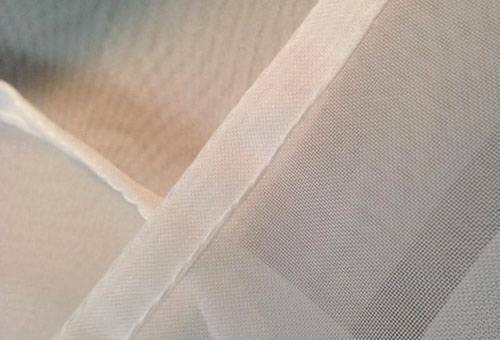
Lateral edges
First we process the side edges of the curtains.
- The edge must be smoothly cut and ironed.
- We lay the tulle upside down, wraps the hem in 1-2 cm. Smooth with an iron.
- Then, once again turn the edge to 1-2 cm and iron. Thus we obtain a double fold.
- In order for the material to slip less, you can fix it with pins before ironing.
- Seam the seam at a distance of about 1-2 mm from the edge of the fold.
In the same way we process the second side edge of the curtain.
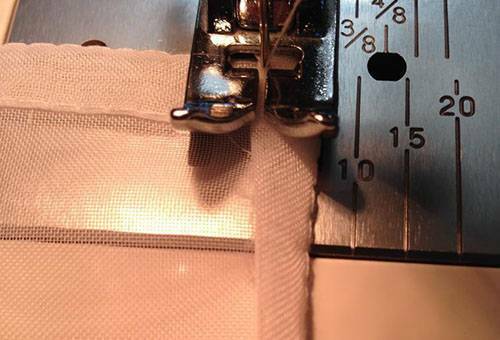
How to sew on the length?
Some curtains have beautiful trim at the bottom - lace, festons, original pattern. Sometimes in tulle inserted weights - a special cord or weights. In this case, the length of the curtain is adjusted only when the upper edge is machined.
If the bottom of the canvas is simple, then it can be sewn in several ways. The simplest one is a double fold, the same as on the sides of the canvas.
The width of the fold is somewhat larger than on the sides, and depends on the material of the curtain.
- In rigid fabrics( kapron, organza), the width of the doorway must be at least 3 cm.
- The veil and light tulle can be turned up to 2 cm.
- It is recommended to sew plastic meshes 1 cm wide.
More complicated in performance are the Moscow seam( American) or oblique bake.
Read more
The bottom of curtains made of lightweight fabrics is not recommended to be treated with a zigzag or overlock seam - so the fabric falls down worse and drapes.
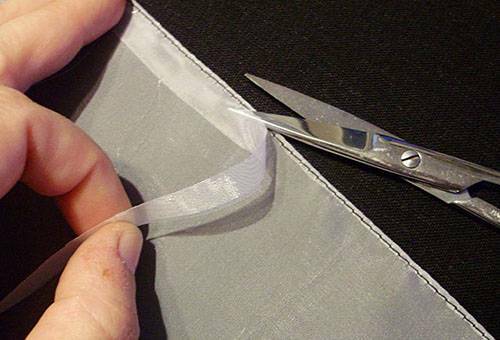
Moscow Seam
How to sew a tulle from organza? A good way is the so-called Moscow seam.
It is executed as follows.
- Turn the edges of the curtains 0.5-1 cm, iron.
- Perform a straight line at a distance of 2-3 mm from the edge of the fold.
- The excess fabric of the gate is cut at a distance of 2-3 mm from the stitch. The material should not crumble.
- Once again turn the fabric, press and squirt. Try to get in the first line or make a seam at a distance of 1-2 mm from it. The first seam remains inside the fold.
In this way, a light, airy edge of the curtain is obtained with a minimum material flow to the gate.
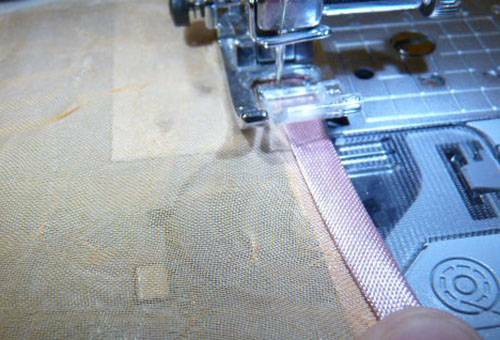
Slanting bite
This method is most often used for processing fabrics with embroidery or tulle netting.
For it you will need a special foot that comes with a sewing machine. Also, it can be purchased at clothing stores. Suitable and snail foot. The bottom of the curtain is smoothly cut off, smoothed and tucked when the stitch is sewn( the edge of the fabric is tucked into the foot).
You can buy slanting bake in the store. This is an applied tape with pre-adjusted stocking, it can perform decorative function( for example, beks from satin).Sewing it is easy.
- Pin the beak to the bottom edge of the tulle with sewing pins.
- Check the joints.
- Attach with a straight stitch.

Top edge processing
Lastly, the upper edge of the curtain is processed. Most often use curtain tape - it's convenient and beautiful. With the help of curtain tape, or extraph, you can get different folds and draperies of the canvas.
- Measure the desired length of the curtains. For practicality, it is recommended to make it 10-15 cm less than the distance from the floor to the eaves, but some prefer curtains "on the floor."
- The allowance of 2-2.5 cm is left to the required length.
- Curtain tape is purchased based on the width of the curtain plus 5 cm on the side folds for each curtain.
- Tulle lay with the wrong side up and tucked in at 2-2.5 cm, ironed.
- A curtain tape is applied to the gate. In this case, the strings and loops of the tape should be located outside.
- The ribbon is pinned and pinched at a distance of 1-2 mm from the top edge of the curtain.
- When reaching the edge, the cords are released, and the tape allowance is turned inward by 2-2.5 cm on each side.
- Perform the second line along the bottom edge of the tape, also retreating by 1-2 mm.
The curtain is smoothed and tightened with a tape to the desired fold configuration.
That's all, tulle is ready to take its place on the window and make you happy with its beauty.

Summing up, let's say that if you buy ready-made curtains in a store, and do not sew them to order, then you'll probably need to adjust them along the length. To sew a tulle, it is enough to have a sewing machine at home. Of course, you can sew stitches and manually, but this is too time-consuming.
Most often, curtains made of tulle and organza are hemmed in by a double folding method. To save material or not to weight the curtain, you can use the so-called Moscow seam. And if there is a need for decorative finishing of the bottom edge, then you can sew a beautiful braid or use a ready slanting beika.

